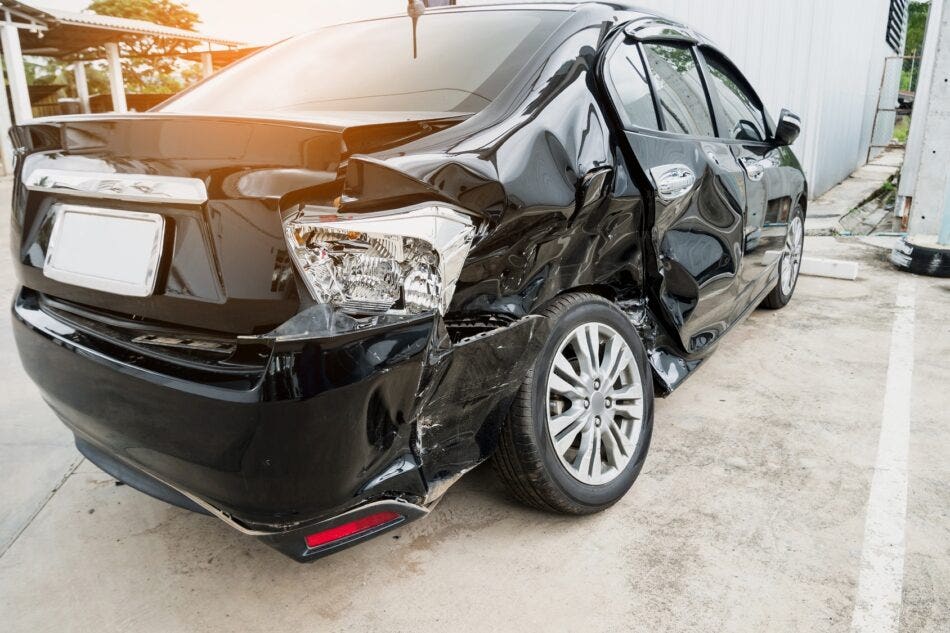Determining who is at fault in a car accident can lead to a pretty sticky situation. Accidents are traumatic no doubt about it. Both parties emerge shaken sometimes medical issues are involved and vehicles are damaged. The instinct is to point a finger at the other driver. So how do you decide exactly who caused the accident in the first place and thus who is responsible?
In the event of a car collision insurance companies use what is called a “fault chart”. After any accident insurers for the parties involved will input the facts of the incident into the fault chart; depending on the way in which the chart interprets it is essentially how a determination of fault will be decided.
No-Fault Versus Third Party Liability
From province to province however there may be variations in terms of assigning fault. In Ontario for instance there is a no-fault insurance system. Despite how this may sound no-fault does not necessarily mean that fault is not determined. All it means is that despite whose fault the accident was the insurer will pay for their own client’s costs. So even if the other driver is found to be at fault it is your insurance company who will pay for damages to your car and the fees incurred.
On the other hand drivers in Alberta must have third party liability coverage. While their insurer will pay out some monies as a result of an accident they must generally go after the driver who was at fault in order to recoup all damages. Because it can vary it is extremely important that an experienced insurance adjuster walk you through the process of exactly what’s involved in an automobile accident. From determining fault to how to go about getting paid for the damages that occurred as a result the adjuster can provide a more comprehensive picture for you.
How does an at-fault accident affect insurance rates?
An at-fault accident means precisely that you as the driver were at fault meaning you caused the collision–whether you failed to stop rear-ended someone or perhaps turned illegally. So what does happen to your insurance rates if the insurers have determined you to be the one whose actions caused the incident?
Well this may depend on whether or not you have an Accident Waiver or Driving Record Protection endorsement (known as an SEF39 in insurance lingo). If you have this and are involved in an at-fault accident in which you are the liable driver this coverage could prevent you from seeing an increase in your rates as well as allowing you to maintain a clean driving record. The endorsement does have some restrictions associated with it. For instance the accident cannot have been due to a violation that results in a ticket. And once you do use the waiver you usually have to wait an extended period of time before utilizing it again. You can find out more about this endorsement and others here.
In the event that you do not have an accident waiver or driving record protection endorsement generally your insurance rates will increase. Also the accident will most likely impact your overall driving record. You can find out more about how your record and insurance rates will be affected in this article. Talking with your insurance broker about the options that you may have following such as accident is the best first step that you can take!

